How to Backfill Pipe For Different Usage [5 Pipes]
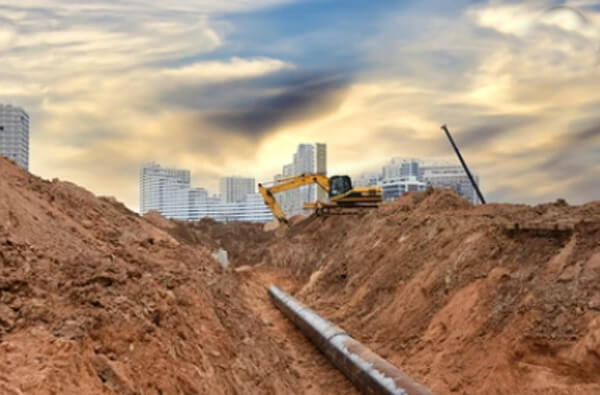
Aside from a well-designed property, the comfort also lies with the functionality of the facilities and systems. The systems places a big role in keeping the property working in good condition, without problems that may arise that will affect the quality of occupancy.
One of the most important system that runs in a property is the drainage system. If drainage system is designed well and is executed well during the construction, the functionality all throughout its working condition will be executed well which means that no issues like leaking, flooding or any unhygienic condition will happen in the property.
Most of the drainage system are now done underground. Underground drainage system has its benefits which is why it is done more extensively in residential and commercial property. One advantage of which is underground piping saves you time and money because the material used are durable and long-lasting. The material used are designed in a way that repairs and replacement are lesser in the future.
Another is, for its adjustability. Compared to exposed piping system, underground pipes are easier to upgrade because consequential damages in the aesthetic side are lesser without even compromising its functionality. Lastly, water transportation is easier because it has lesser or no interruptions which impacts the functionality of the piping.
Contents
How to Backfill Drainage Pipe
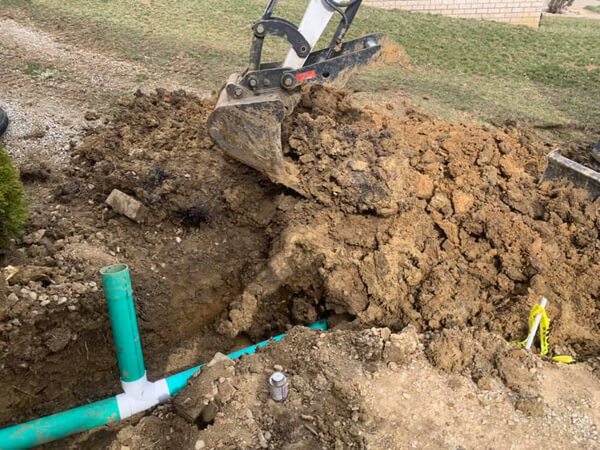
One of the advantage of underground piping is for its durability. The material used are designed to be exposed to certain natural condition without the problem of rusting or corroding.
To ensure that the functionality and quality of underground piping are good, site conditions should be investigated first before installation. Soil investigation should be done to determine the soil classification suitable for the piping system especially that it will be compacted.
Next is to know your pipe material. Pipe material can be rigid or flexible pipe, each of the type have certain purpose. Now is the foundation beneath the pipe. The right type of soil should be chosen in order to lessen the settlement of the pipe which may cause it to break.
Choosing the soil foundation should be able to provide a uniform and stable support for the pipe. The foundation soil should be uniformly distributed and compacted on the full width of the trench. Next is the pipe bedding which will be laid over the foundation? The bedding provides additional stability for the piping system.
Usually, bedding thickness ranges from 100 mm to 150 mm depending on the diameter and material of the drainage pipe. Now to completely cover the entire pipe, the backfill of soil material should be done in layer. The purpose of this is to make sure that the soil is compacted well before it fully covered the pipe.
Lastly for the backfill cover, the maximum height for different pipe material depends on the diameter of the pipe.
How to Backfill Agricultural Pipe
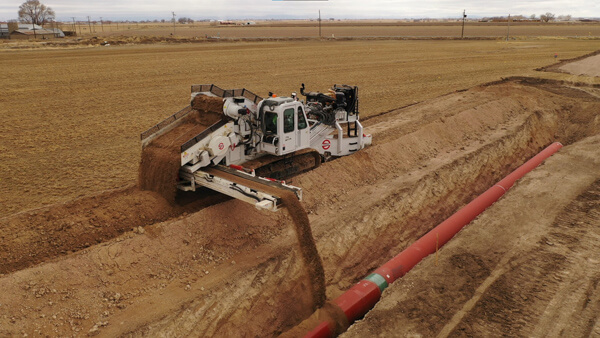
An agricultural piping system consist of water source, pump, filter, pressure regulator and are connected to pipe towards the crops. Agricultural pipes can be of three different varieties, unslotted, slotted and slotted with sleeves.
Agricultural pipe can be of either pvc, or HDPE pipes. HDPE pipes are usually used more compared with other material because it is lightweight, easy to transport and handle, inexpensive compared to other material and broad in sizes.
In consideration for the agricultural piping system, the material should withstand certain weather condition and that the level of acidity or alkalinity is considered and if the pipes can carry the earth load. Just like any pipe, stable foundation should be complied to provide a uniform and stable support for the pipe. The foundation soil should be uniformly distributed and compacted on the full width of the trench.
Next is the pipe bedding which will be laid over the foundation. The bedding provides additional stability for the piping system. Now for the backfill material suitable for HDPE pipes can be angular stones which are locally accessible such as coral, crushed slag and gravel. Aside from those, coarse sand and gravel can be used considering that it is granular and non-sticky.
Backfill cover for the agricultural pipe should be at least 150 mm.
How to Backfill a Water Pipe
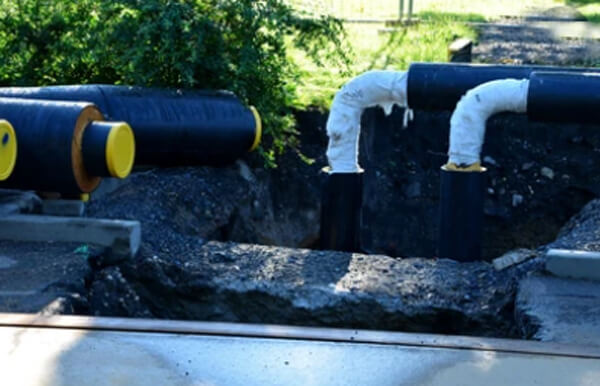
Pipes used for waterline can be polyvinyl chloride (PVC), steel, galvanized steel or iron, cast iron and concrete or asbestos cement. Waterline pipes should be lightweight which can be transported easier and faster. Another consideration for waterline pipes is the health aspects. The pipes should be able to deliver a potable and clean water from the source or treatment facility towards the property whether residential or commercial.
The waterline underground system should not be contaminated and must be designed, constructed and maintained with the assurance of no problems of leaking which may contribute to the growth of bacteria that can cause waterborne disease. To backfill a waterline piping system should provide guarantee that it will not break during its working condition.
Trench should be designed in consideration of the pipe material of how the load from backfill, side support and foundation support contributes. Next is the foundation. The foundation soil should be uniformly distributed and compacted on the full width of the trench.
Choosing the soil foundation should be able to provide a uniform and stable support for the pipe. Now for the bedding, the thickness ranges from 100 mm to 150 mm depending on the diameter and material of the waterline pipe.
Now to completely cover the entire pipe, the backfill of soil material should be done in layer.. The purpose of this is to make sure that the soil is compacted well before it fully covered the pipe.
Lastly for the backfill cover, the maximum height for different pipe material depends on the diameter of the pipe.
How to Backfill PVC Pipe
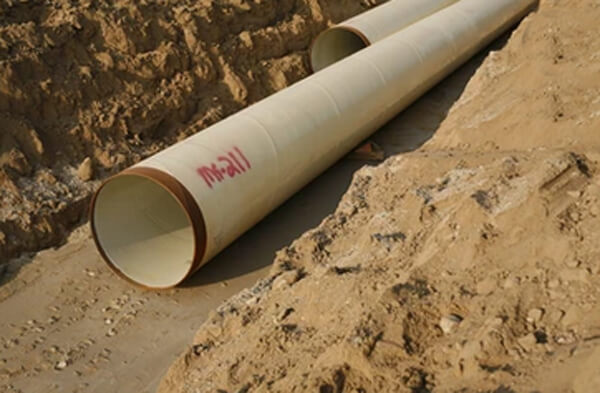
In consideration of the purpose of the polyvinyl chloride (PVC) pipe, the process of backfill is the same. Trench should be designed in consideration of the pipe material of how the load from backfill, side support and foundation support contributes.
Stable foundation should be complied to provide a uniform and stable support for the pipe. The foundation soil should be uniformly distributed and compacted on the full width of the trench.
Next is the pipe bedding which will be laid over the foundation. Usually, bedding thickness ranges from 100 mm to 150 mm depending on the diameter and material of the drainage pipe.
Now to completely cover the entire pipe, the backfill of soil material should be done in layer. The purpose of this is to make sure that the soil is compacted well before it fully covered the pipe.
Lastly for the backfill cover, the maximum height for different pipe material depends on the diameter of the pipe.
What is The Best Backfill For Storm Drain Pipe
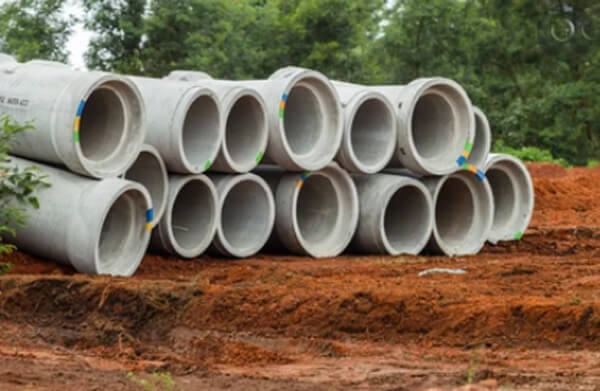
Backfill material can be classified grade of which the most common examples are sand, gravel, clay stone and topsoil. These material will be decided according to the design requirement of the backfill material to support the piping system.
- Coarse-grade Soils
These are gravelly and sandy type of soil and ranges from clayey sands to high quality gravel-sand mixture. Coarse-grade soil are the most popular because it has high quality properties and exhibits slight to no plasticity. These type of soil are easy to compact and provides a good support.
- Fine-grade Soils
These are the organic clays, fine sands, inorganic slits. These materials have a property of low to medium plasticity. They are relatively impervious and can be compacted fairly using a heavy duty compaction material and is considered as a good stable backfill.
- Rocks
Rocks can be suitable as a backfill material considering its hardness and gradation. Since rocks are bigger in sizes, before using as a backfill material, hard rocks will undergo a crusher process to ensure that it passes the requirement as a cohesionless material.
To ensure that it passes the design requirement, the bearing capacity of the backfill material should be determined. The sample will undergo field test to determine if it is applicable to be used as a backfill material.
Conclusion
Underground piping system with agricultural, drainage and waterline purposes also faces challenges. If not executed well during the construction, during the maintenance in working condition, problems like contamination, leak and other property damages may occur when the pipe breaks.
To ensure safety and quality, site investigation should be done and the backfill material should be of compliance according the the site condition and pipe material.
Whether the ground level is with foot traffic or none, proper backfill cover should be considered depending on the pipe size used.
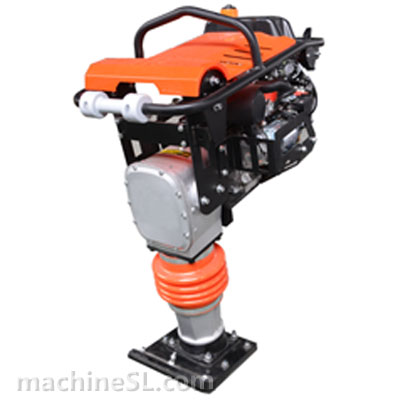
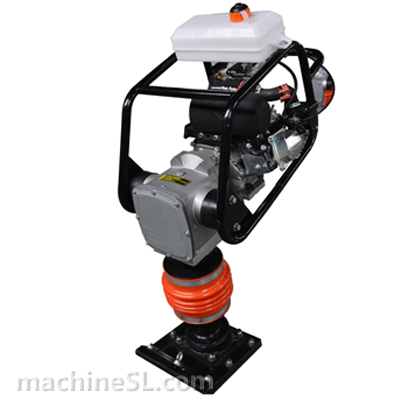
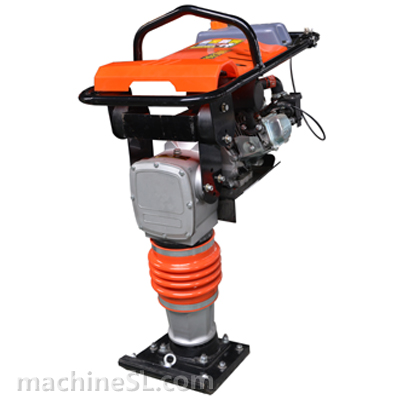
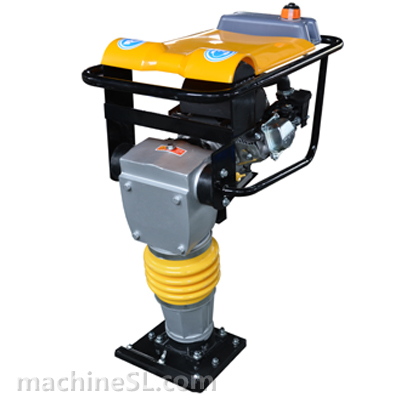
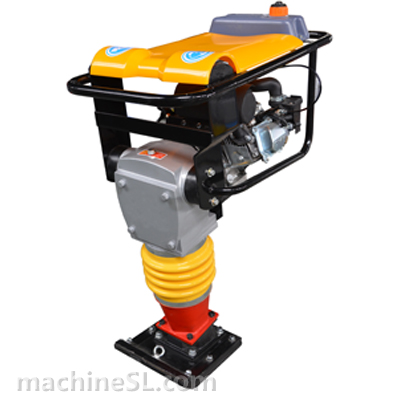
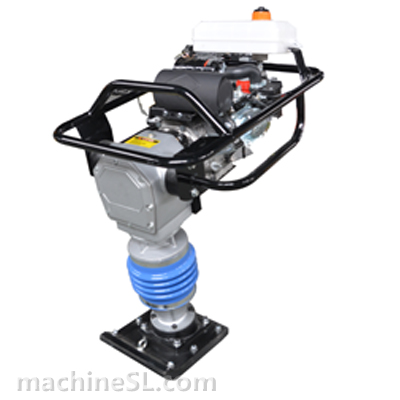
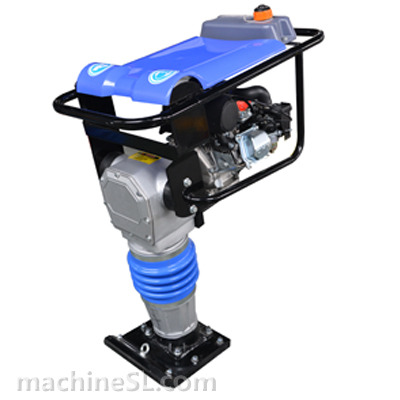
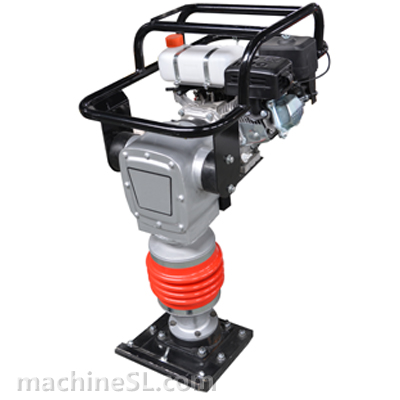
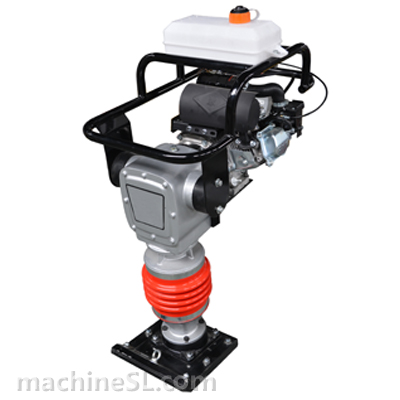
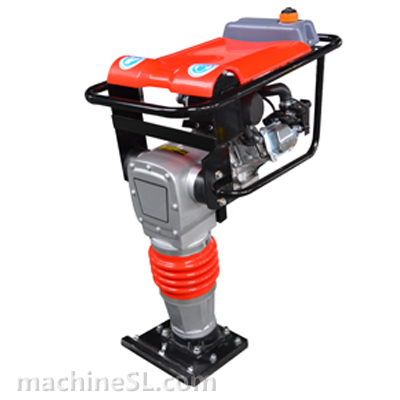
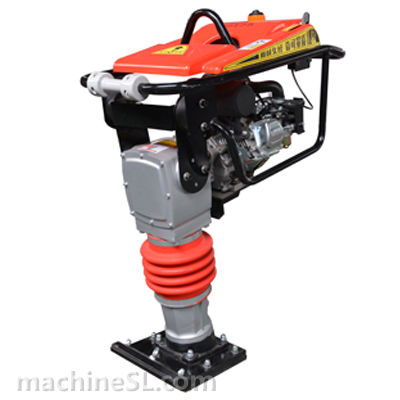
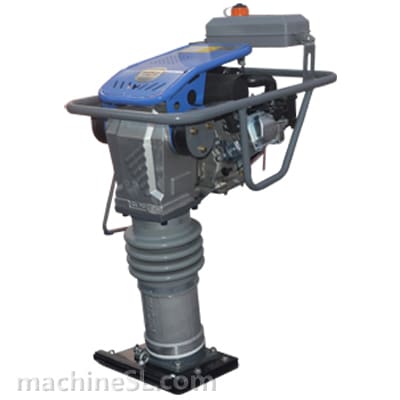
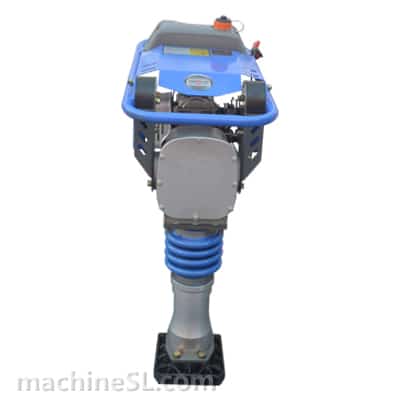
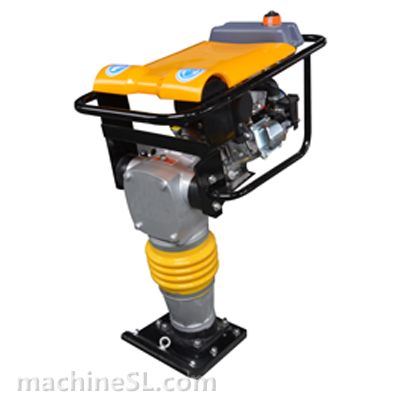
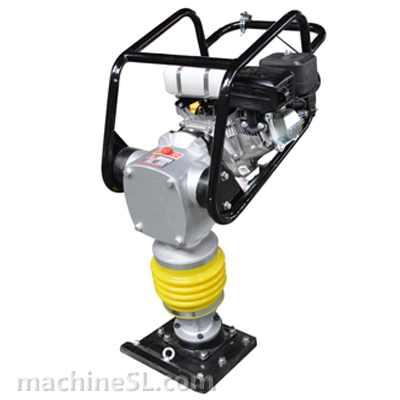
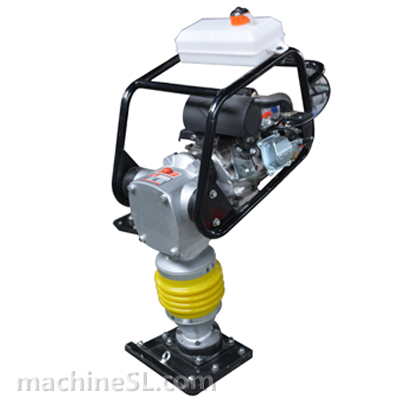
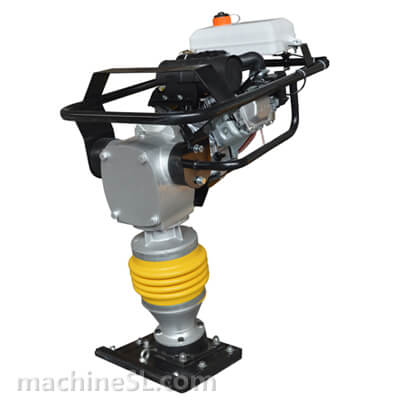
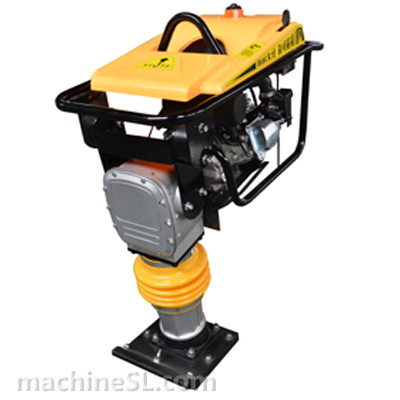
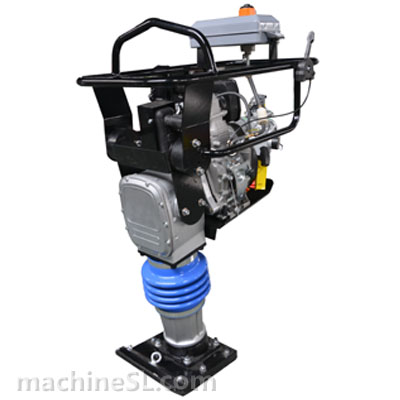
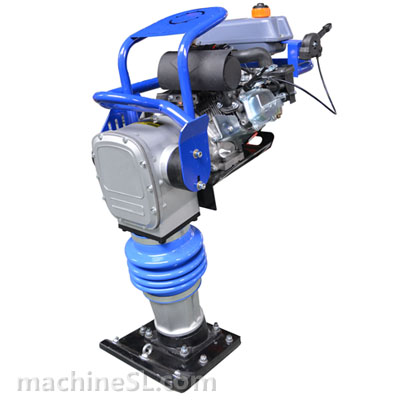
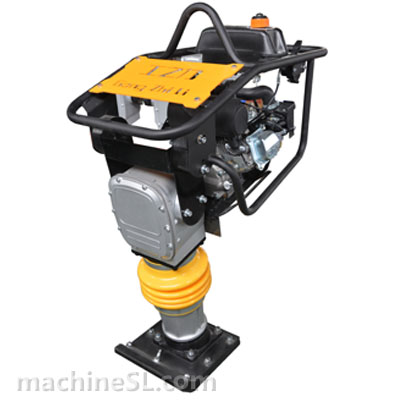
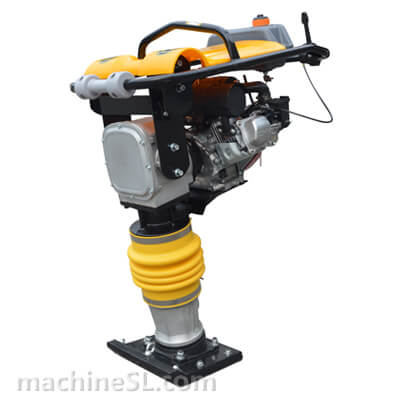
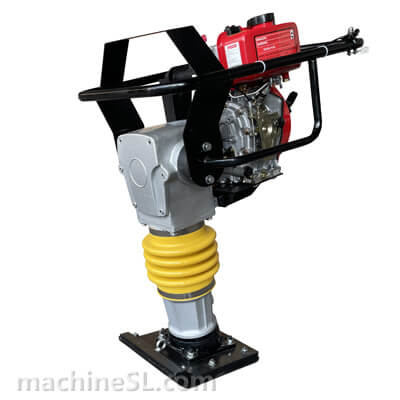
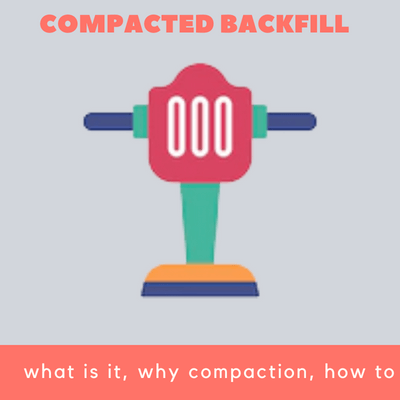
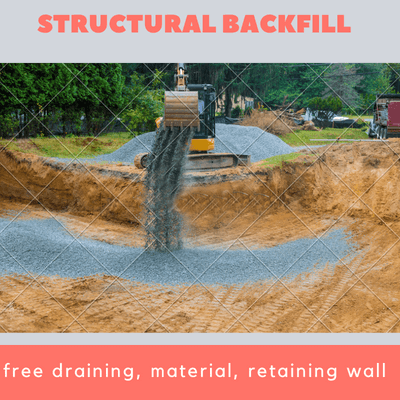
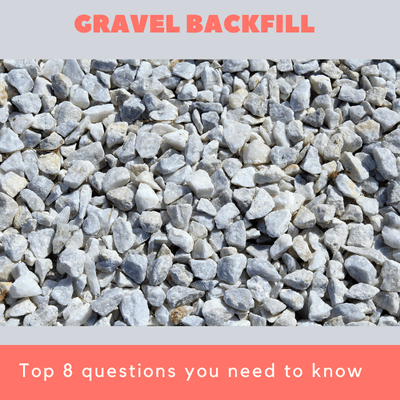
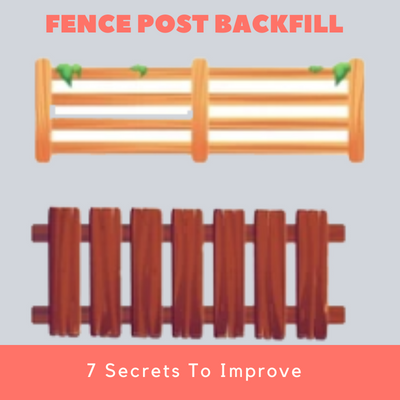
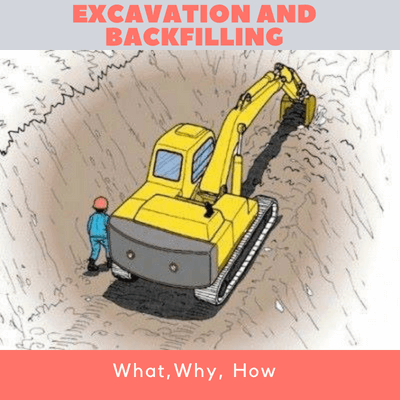
Leave A Comment